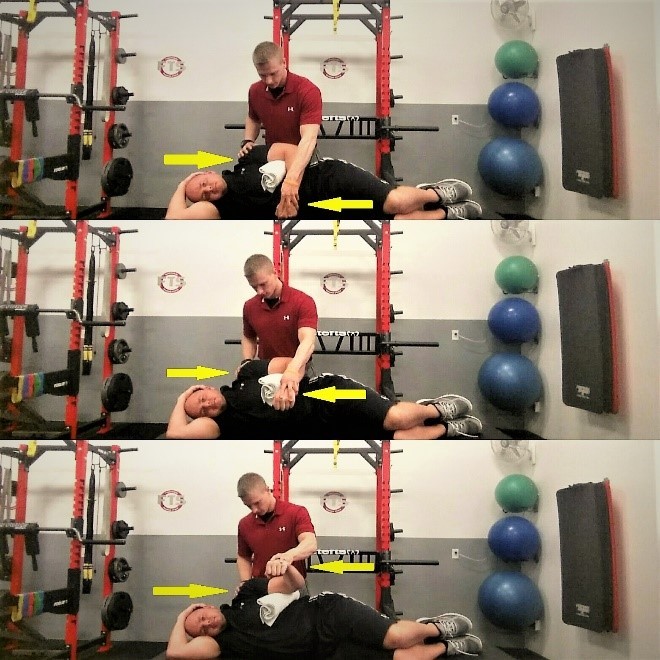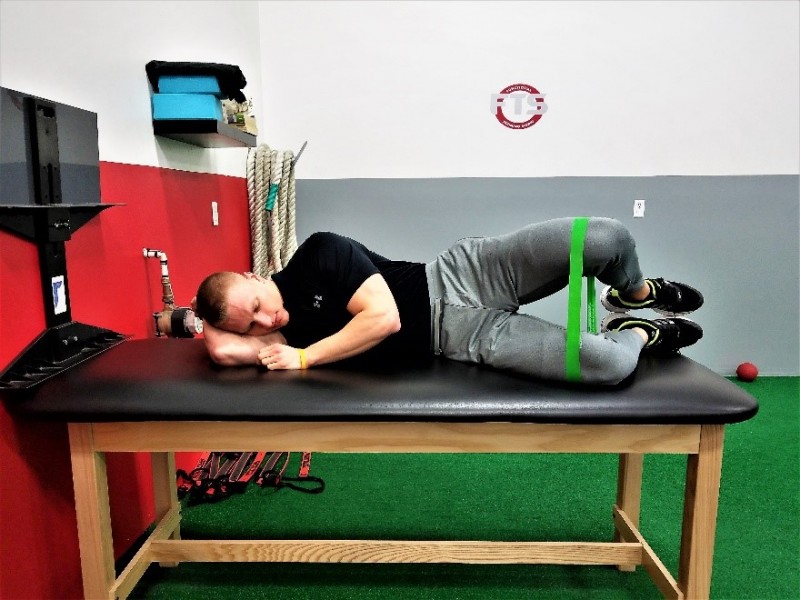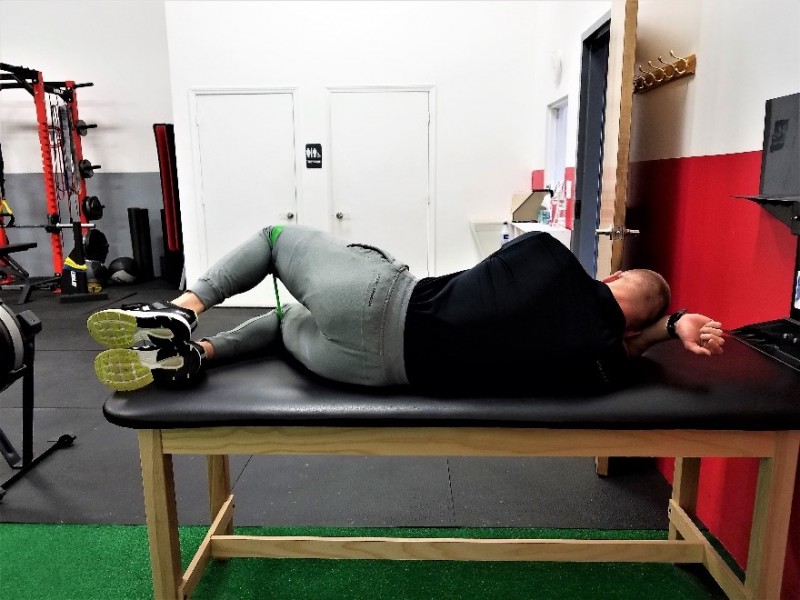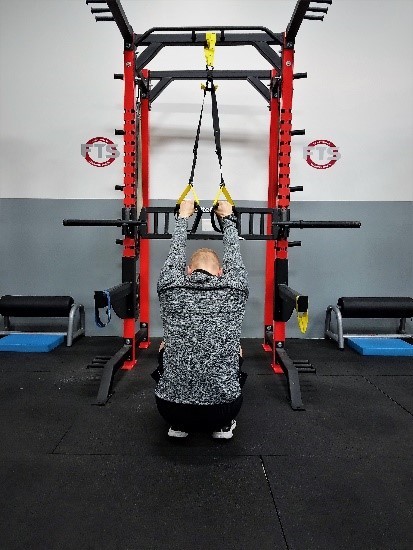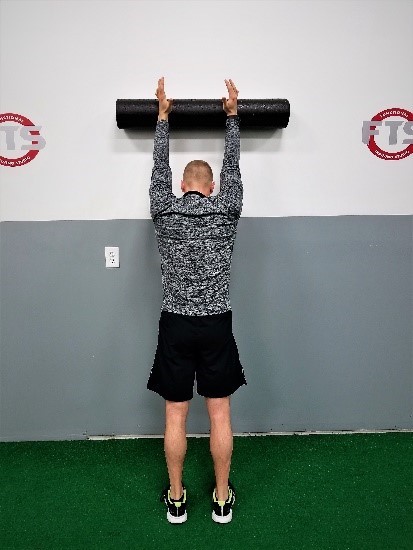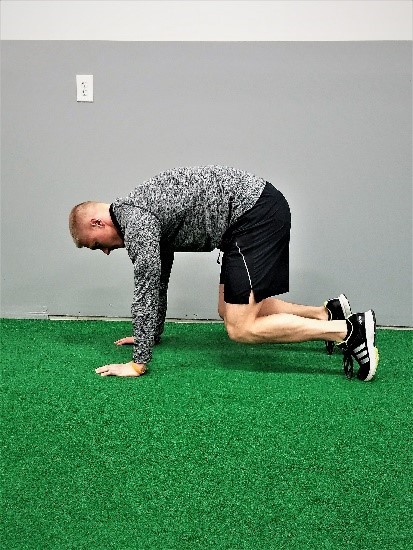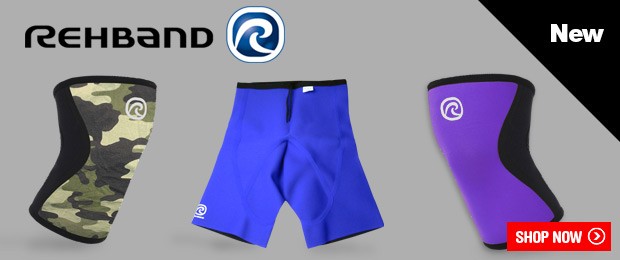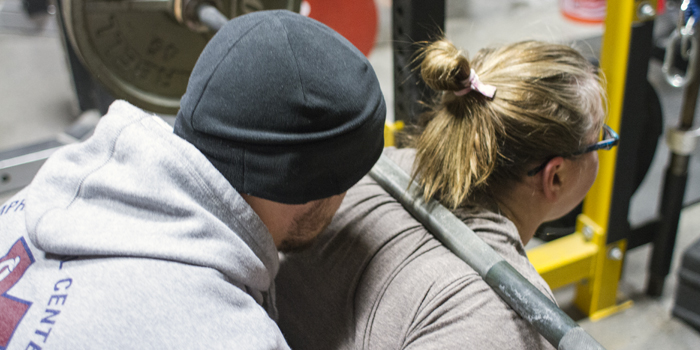
There are countless numbers of approaches when teaching movement to the novice athlete. Most of the time a coach’s experience, mentors, and individual trial and error influence their coaching style. As long as the same goal is achieved, the coaching method should not be of concern. With that said, consider these three unique coaching tips to add to your toolbox.
1. Feel vs. Sense
Coaches should seek to develop proper muscle recruitment by ensuring the athlete “feels” what they are supposed to “feel.” It’s a simple concept, yet athletes are commonly given an exercise with the assumption that proper muscle fiber recruitment will be attained. However, there may be an underlying disconnect within the central nervous system (CNS) impeding the desired outcome. This is a potential cause for dysfunctional compensations and poorly learned motor patterns. As a result, athletes may experience a decrease in performance, increase in injury potential, or failed results in the gym.
RECENT: 3 Tips for Coaching the Pull-Up
Utilizing training tools such as manual resistance, mini bands, and body weight demonstrate the proper feeling to the athlete. Additionally, it allows them to start understanding correct methods of creating and sustaining tension. Tension must be grasped early on in the athlete’s lifting career for effective development of force, speed, strength, power, and movement comprehension. For example, manual resistance during a side-lying shoulder external/internal rotation is a great rotator cuff exercise to begin to “feel” correct muscle activation. The significance of this exercise is often underestimated and over-compensated with a CNS disconnect. Too often the biceps tendon, upper traps, and lats are the big three compensators when performed with dumbbells or cables. Instead, use manual resistance to teach where and when the athlete should be feeling the exercise. Learn more on how to appropriately “feel” and coach this exercise here.
Subconscious learning from conscious preparation is the primary goal to improve exercise sensory awareness. Coaches are teaching a foreign language to the novice athlete: human movement. Treat this coaching process as if you are teaching a new language. With any new experience, there will be a learning curve and improvement after enough frequency, time, and repetition. The initial phase of language learning teaches the fundamental components such as individual words, pronunciation, and basic grammar. Mastering the fundamentals of a new language brings complex ideas such as sentences, paragraphs, and advanced grammar. The brain no longer requires conscious thought processes — we unknowingly link these learned system processes together to communicate.
Likewise, in the initial development of human movement language, different phases of motion are isolated to teach proper mechanics. This ensures a non-compensatory action is achieved throughout the entire range of motion. Once perfected, the previously isolated phases transform to multi-directional segments of torque, power, speed, and performance capacity. Once accomplished, human movement is automatic, effortless, and a habitual action.
Feel = Learning the Language
Sense= Language Learned
2. Utilize Isometric Contractions for Stability
Throughout a given exercise, athletes will go through a concentric, isometric, and eccentric phase of motion. Frequently, coaches isolate a given phase for a direct outcome. For example, concentric movements can be emphasized to aid in the improvement of explosive power and speed. For the novice athlete, consider focusing on the isometric phase in order to teach local strength and global stability. This method can be used on various exercises, but the isometric clamshells illustrate this concept well.
Begin the exercise by laying on the left or right side and taking note of the existing patterns/dysfunctions in the given athlete. If following a Postural Restoration Institute (PRI) methodology, you may want to consider placing the right leg slightly forward and the left leg back along with a posterior pelvic tilt. Although manual resistance is a personal favorite, utilize mini bands for this concept for optimal results. Manual resistance may allow the athlete to gain stability through the coach’s pressure.
Begin with a smooth concentric phase followed by a five-second pause at the top. Traditionally, the main focus is to train the hip abductors. However, this is the critical point that can be used to teach the appropriate global stability requirement. Ask yourself a few questions while the knee is held in the air. Did the ankle plantar/dorsi-flex? Did the hip rotate, exposing weakness in the transverse plane? Did the athlete lose the sagittal plane with an anterior pelvic tilt? Did the athlete lose thorax position? Is their neck tensing? Yes, the hip abductors should be activated, but are they truly owning the movement from the ground up? Remember, athletes are good at turning muscles on, but keep global awareness in mind and try to minimize on the local evident point of the exercise.
3. Reset the System
Simply stated, athletes are typically dysfunctional people. Their dominant personalities create an environment of increased compensations, high stress, and over-achievement. For instance, an overhead athlete may lack normal shoulder range of motion from excessive compensations. As a result, the lack of shoulder mobility may result in pain, decreased range of motion, sub-optimal workouts, and premature fatigue.
Respect the autonomic nervous system to avoid the above-mentioned problems. The picture examples all have a common theme of increasing parasympathetic tone with a posterior pelvic tilt, separated shoulder blades, lateral abdominal activation, and breathing components. This will relay sensory and motor information to the brain to aid in decreasing overactive postural habits. To learn exact methods of how to perform these exercises properly, I encourage you to learn more about PRI.
Lastly, the importance of educating athletes on this concept and the benefits should be noted. For example, adding breathing exercises overnight to the football linebacker may not be a popular decision. Instead, take time to educate the athlete and ensure the value is fully comprehended. To achieve this “ah-ha” value moment, utilize pre- and post-breathing exercise testing. Some examples of testing include range of motion, PRI assessments, or strength tests to clearly identify the change that occurs.
Brian is an up-and-coming strength and conditioning coach. He is the owner of Functional Training Studio in Charlotte, North Carolina. At a young age, Brian has been training clients for over six years and is always looking for ways to improve his technique. He utilizes positional asymmetries that exist within the body to help clients and athletes improve their function and overall performance capacity. Brian has a degree in exercise science and is a certified strength and conditioning coach through the NSCA. Additionally, he plans to continue his education in 2017 in a doctorate of physical therapy program. For additional questions, Brian can be reached at FTStudio130@gmail.com.









